Blue Lily Commision “Four Journeys”
Blue Lily Commision “Four Journeys”
By Steve Palmer
When I begin a new album, I usually have a concept or ‘sound design’ in mind before I start recording. For example, for “Undrugged” I used only acoustic instruments, having been challenged by a friend many years before the recording to make an entirely acoustic album. Part way through the recording I wondered if it would be possible to use every instrument in my collection… Afterwards, because the title of the album was a version of the word ‘unplugged’ – ie acoustic – there had to be a “Drugged” album to follow, in which I brought in synthesizers and other electric instruments.
For “Four Journeys” I wanted to record an album of lengthy tracks. Some of my fans had mentioned that they preferred longer pieces to really get into, and so the ‘sound design’ was set: four pieces each around seventeen to eighteen minutes. I wanted each piece to reflect how physical journeys involve changes of landscape. Each therefore would use a rich, complex palette of sounds, which I knew right from the beginning had to involve many of my world-music instruments.
I’ve been collecting unusual, non-Western musical instruments since the early 1990s, beginning with an mbira (thumb piano) that one day I spotted for sale in an art gallery. Intrigued, I bought it, and used it in the recordings taking place for my psych/space band Mooch. I was hooked at once, and began buying everything I came across – in head shops, at festivals, from friends. I’ve been collecting since then, and it has become a bit of an addiction, so I have to be careful, as some instruments can be very expensive…
The track titles were all versions of the title concept, but I had the artwork too in mind before I began recording. I wanted to use animal shapes to create a multi-levelled patchwork, reflecting the creatures a traveller might see on their journey but also the possible exotic nature of such a journey.
The first track “The Journey” uses one of my recent purchases, a laouto. Thirty five years ago, when I was at university, a friend gave me the LP “Earth” by Vangelis, which he remarked he didn’t like. I immediately loved the album, and it has remained – as has Vangelis’ entire ‘Greek psychedelia’ period – very influential to me for all the years since. Recently a friend of mine, the bouzouki player Andy Shankara Bole, told me the instrument used on the tracks “Sunny Earth”and “He-O” was a laouto, so I looked into acquiring one, and eventually decided to commission the Cretan virtuoso Stelios Petrakis to make me a left-handed one. It’s a truly beautiful instrument. I also used (in a very amateurish way) a kora. This first piece utilises natural sound recordings too, which seemed to me when I devised the album concept to be an important part of evoking the ideas of landscape and travel. At the end of the track the mood becomes strange and gothic, as the listener ascends into mysterious territories of the ancient skies…
The second track “The Trip” I wanted to be a little more uptempo. On the Mooch album “Mrs Silbury’s Delicious Mushroom Flavoured Biscuits” there is a track called “The Great Retsina Jam,” which was the main inspiration. Again I used the laouto, but also my Turkish saz, which is lighter in timbre and which complemented the laouto. This is the only track on the album which employs a ‘circular’ motif, in that the musical phrases at the beginning occur at the end also; the listener returning from their trip to home territory. There is a freaked-out African section where I used the mbira and many African drums and percussion items. I also used a lovely old keyboard that my long-time musical colleague Jez Creek sold to me, the Yamaha SK20, which has a terrific range of organ sounds. I played this live, then added various improvised synth solos and sounds, giving the track a space rock flavour, a little like some of the classic British festival jam bands.
The third track “The Voyage” is where it all got deep and cosmic. For this track the main instrument is an Indian harmonium, which I stumbled across on eBay last year. After the opening musical essays using my xylophones and the MiniBrute synth, the piece soars away into a massive Indian drone, using the two drone notes of the harmonium as a foundation for the improvised solo. I liked the sound of the clacking keys, so I made no effort to quieten them – they add to the atmosphere, I think. As the piece builds, various tarb string (sitar) and tanpura sounds arrive, adding to the intensity. Then the piece floats off into a choral and drone section, using a Balinese flute as the thread of the music. At the end I played a bawu, which is a little known Chinese instrument played by the Yunnan minorities to the south of the country. Although it’s played like a cross-blown flute, it is in fact a free reed instrument – there is a copper reed set into the bamboo at one end. I first encountered this instrument on the amazing “Vetvi” album by the Russian group Theodor Bastard, which inspired me to buy one from an American dealer.
The fourth track “The Excursion” opens with more natural sounds. One evening during the album recordings a huge thunderstorm passed over Shropshire (the county in Britain where I live), and not being one to waste such an opportunity I recorded it on my mobile phone, using the sounds to make a foundation for a trio of virtual Tibetan voices. I came across these voices when Merv Pepler (Ozric Tentacles/Eat Static) linked to the voice-app on his Facebook page. Rather than directly use the app however I recorded myself making three improvised takes, beginning with the lower voices and moving up to the higher ones. This gave the section more of a chorused sound when I merged them. The piece then drifts off into a flute section. I wanted a gentle, chilled ‘come-down’ at the end, but for a while I couldn’t find the right style or arrangement – or even instruments. In the end I remembered a work I had self-released a few years previously, a four album set based on the four seasons. The “Autumn” album featured a string orchestra part which I particularly liked, so as sales of the set had been almost zero I decided to re-use it, extending the end into a lighter conclusion, again with more vocal parts. I think it works well to bring the listener back from their travels.
I really enjoyed making this album, and I hope to try another using the same concept. Generally I don’t re-use old ideas, and I very rarely re-tread my own old styles or material, but I think this is one worth revisiting.
I knew from the beginning that sales of the album would be low – they always are. As an independent musician, I have to battle against millions of others in the same position all trying to interest the listener in their wares. I have an additional problem in that, because I’ve never had any commercial success, I can write, record and release whatever I like – I follow my muse in whatever direction that happens to be. So I do feel slightly sorry for my fans, as they never know what they’re going to get next – I’ve lost many of my old fans along the way because of this. But what my listeners can guarentee is that I will approach every album with absolute sincerity and authenticity, giving the work everything I can. In fact, I think my total lack of commercial success has been a great advantage, as most musicians feel that the moment they ‘achieve’ commercial success they have to replicate it.
The word psychedelia comes from the Greek, meaning “soul” (Psyche) “to show or manifest” (delos). Although I would passionately argue against any notion of individual human beings having a spirit or a soul (that being a prehistoric hangover of religion), I do think the notion of psychedelia has much value, since although we don’t have a soul we do each have a unique, irreplaceable character, that comes in part from within and in part from the circumstances of our upbringing. Psychedelic music is one way of displaying character, and it could perhaps be argued that psychedelia in general is its cultural form. I do think the run of thirteen Blue Lily Commission albums since 2000 manifests my character. I think this notion could be applied to psychedelic bands such as Ozric Tentacles, who had a recognisable sound that, when they started out, was unique and immediately recognisable, but it could also be extended to most non-psych musicians. Examples that come to mind at once are people like Klaus Schulze and Kate Bush, both of whom have followed their muse to generate unique and exceptional careers in music (Kate Bush is on record as saying she expects her fans to follow her wherever she goes). But music, sincerely created, is a form of emotional expression, and so it comes from very deep inside us.
Because my band Mooch is currently in song-based mode, all my instrumental music is being channelled through the solo project Blue Lily Commission. Following the very positive fan response to “Undrugged” I’ve decided to try another acoustic-only work, but this time it will be with the digital string orchestra. I have some new instruments too, which will make their debut appearances, including another lovely Chinese instrument, the hulusi. This forthcoming work is called “The Undrugged Orchestra.”
Blue Lily Commission is the solo project of Mooch founder Steve Palmer, making world-influenced music that also fuses synthesisers into the swirly mix…
https://bluelilycommission.bandcamp.com/
https://bluelilycommission.bandcamp.com/
Array

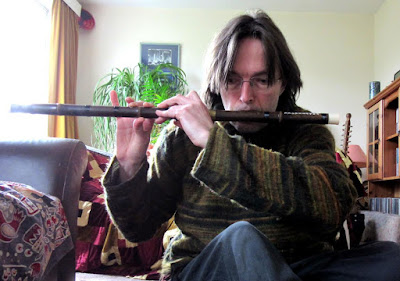
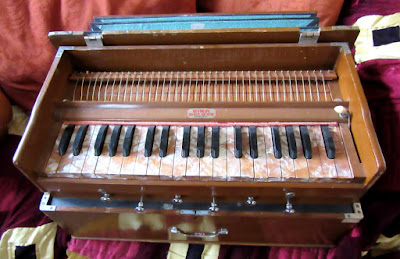
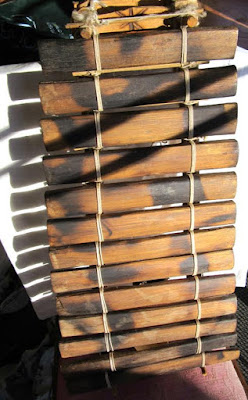
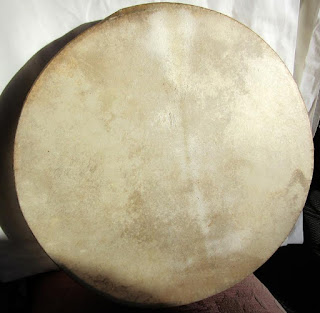
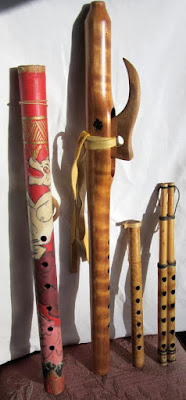
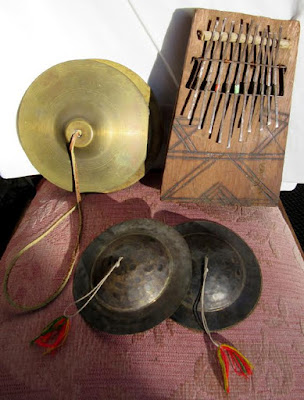
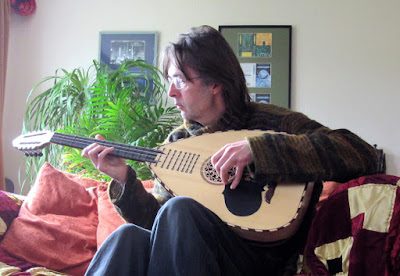

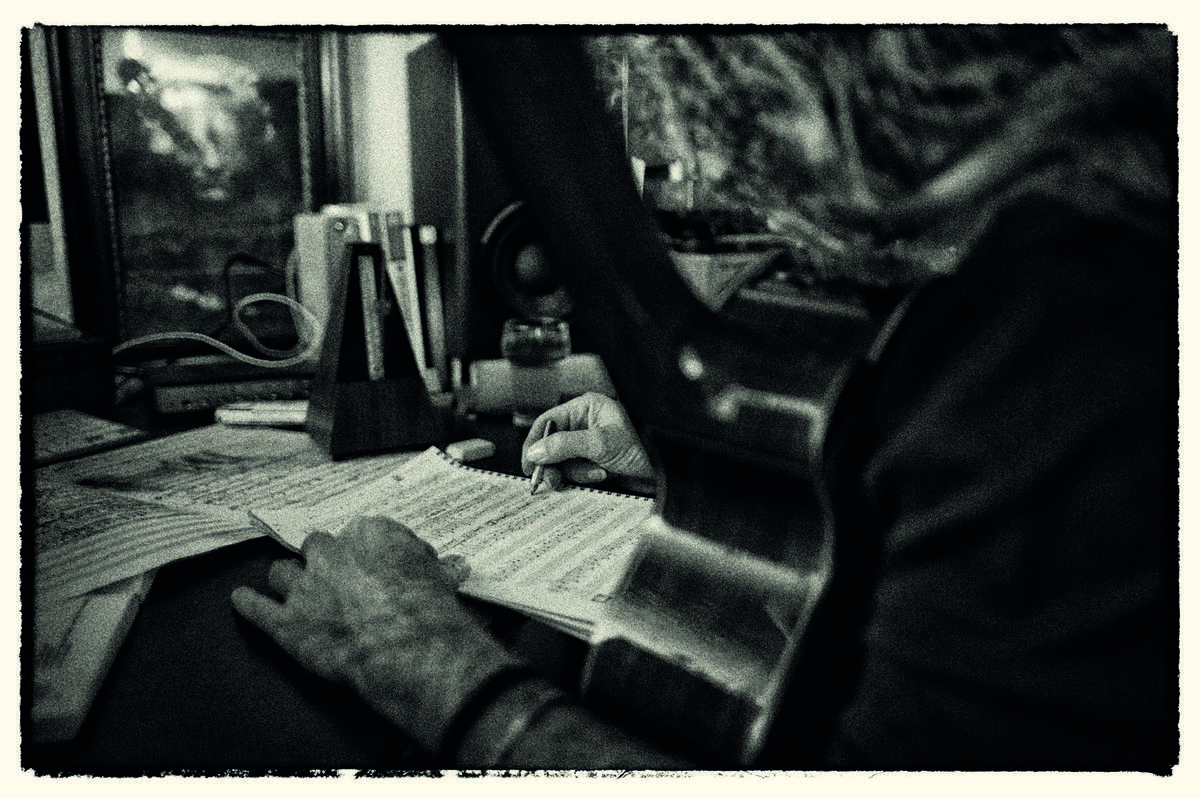
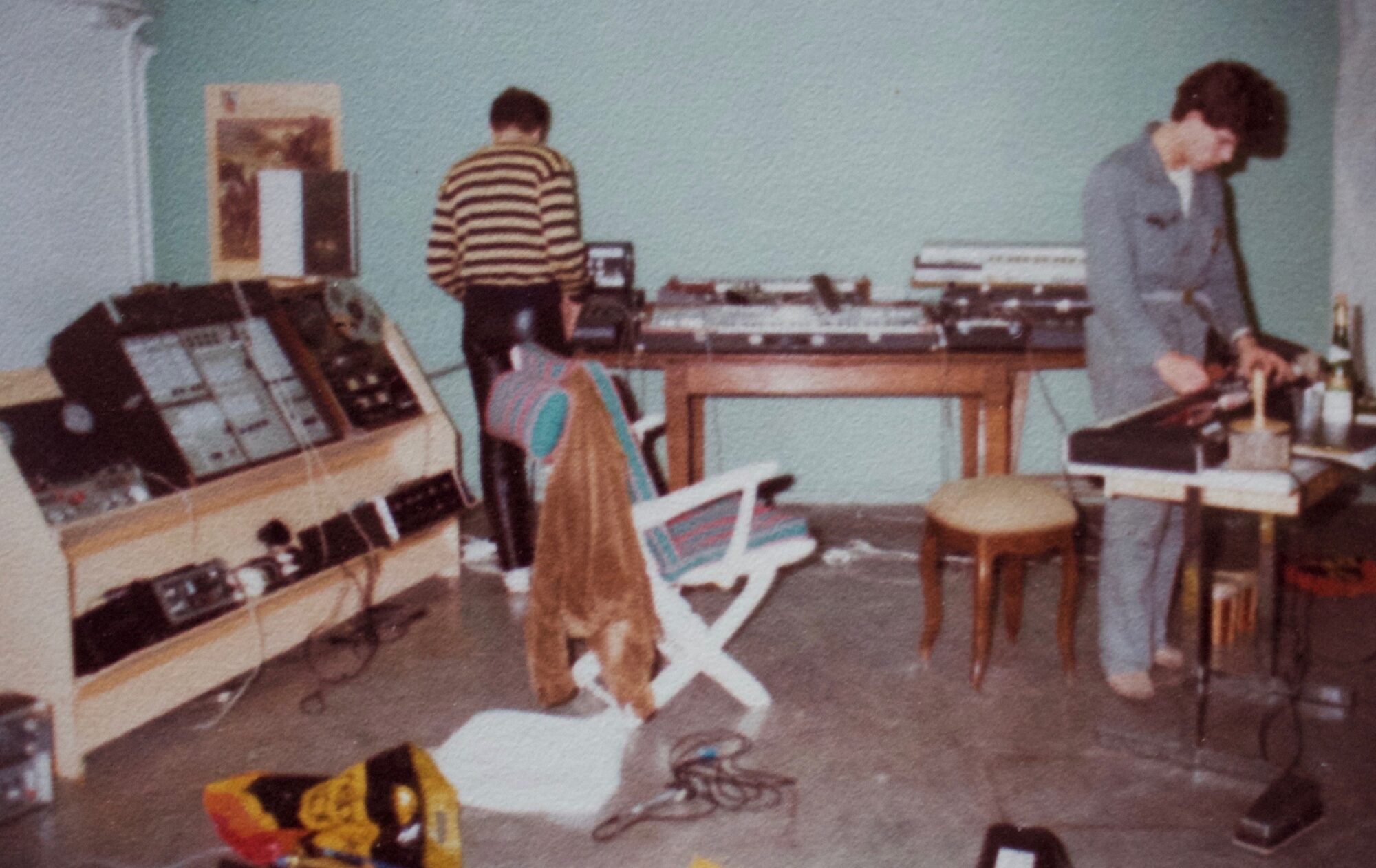
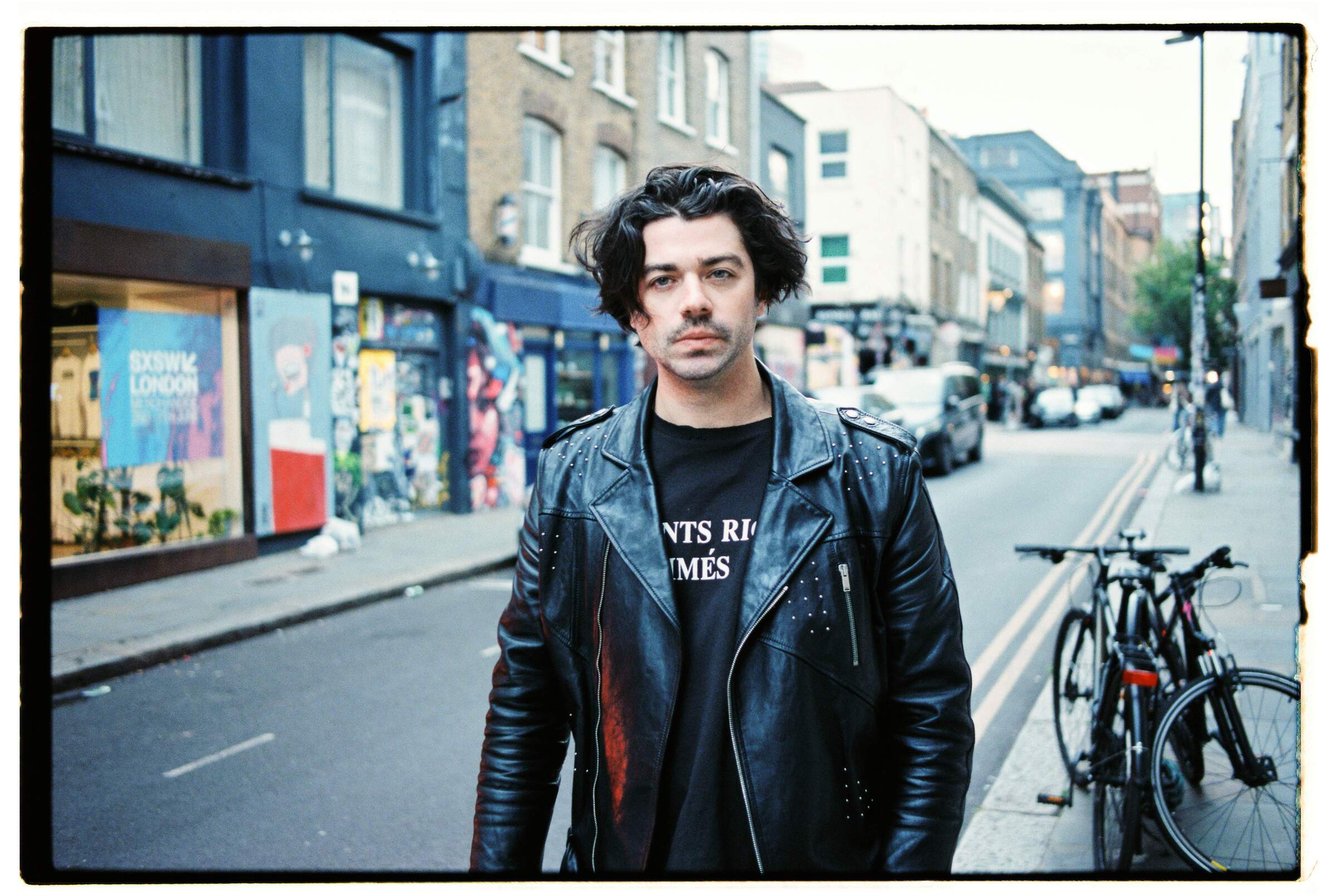
Blue Lily Commission are on Bandcamp…
https://bluelilycommission.bandcamp.com
🙂 Steve…